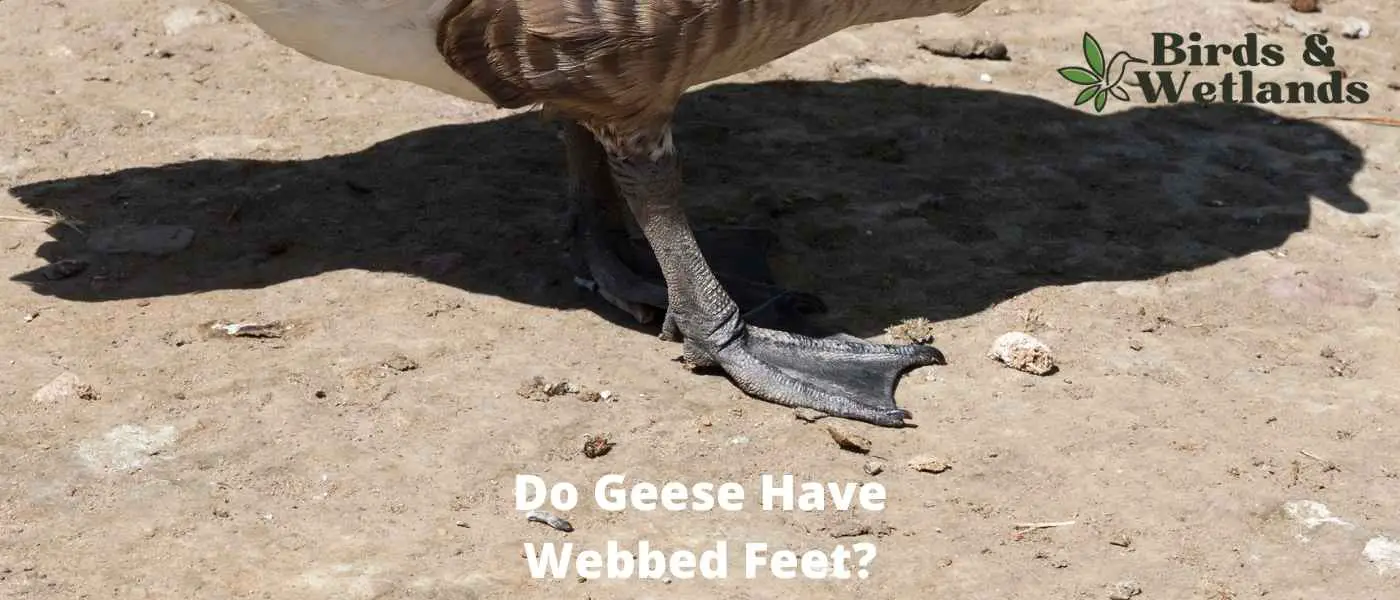Yes, they do! Canada Geese have webbed feet that help them paddle through the water. This adaptation makes them excellent swimmers and helps them to escape predators. Webbed feet also help these birds walk on soft or wet surfaces without slipping.
How Do Webbed Feet Help Geese?
About four hundred different species of birds have webbed feet. And this includes waterfowl birds that spend time near bodies of water.
A Canada goose uses its webbed feet to paddle through the water by spreading its toes apart and pushing more water. This helps them move quickly and easily through the water, making it easier for them to travel and find food.
These also help these birds to keep their balance when they are swimming and make it easier for them to take off from the water.
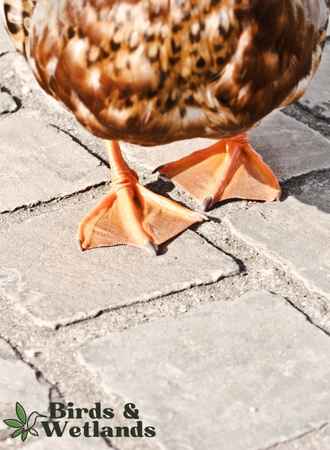
Do Geese Swim Underwater?
No, geese do not swim underwater. Although they are excellent swimmers, their feathers make it difficult for them to dive below the surface of the water.
When they need to cool off or escape from predators, they will often simply waddle into a pond or lake and float to the surface.
Why Type of Webbed Foot Do Geese Have?
The four toes on a duck or goose’s foot are webbed, hence the term palmate feet. The front three toes are webbed together, while the hallux, or hind toe or fourth toe, is smaller and elevated. This type of foot configuration helps the birds swim well and walk on land.
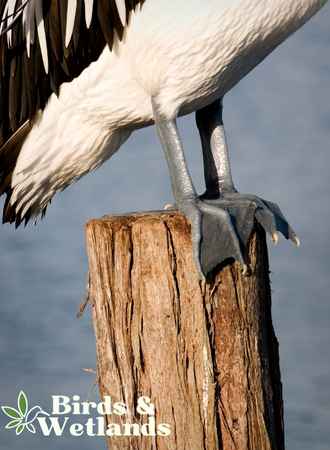
Do Goslings Have Webbed Feet?
Goslings are born with webbed feet, which help them swim and navigate in water. As they grow older, the Goslings’ webbing will become more defined.
The Bottom Line on Does a Goose Have Webbed Feet
Canada Geese are amazing and very adaptable creatures that are capable of flying long distances. Their webbed toes also play a big role in their survival. Webbed feet help them to swim easily and escape predators, as well as walk on wet surfaces without slipping.
So the next time you see these waterfowl at the park, you can admire these waterfowl for their beautiful characteristics.
FAQs on Geese and Webbed Foot
What Are Webbed Feet?
Many birds have brightly colored feet that are also webbed. Most of these bird species have mastered different strokes than any human swimmer might be jealous of.
Webbed feet come in different shapes. These features are such a nifty adaptation that has developed in many aquatic animals and semi-aquatic birds that live in or near the water or who need to be able to move through the water quickly.
A bird or other creature can use their webbed feet to travel great distances.
The toes are connected by a thin piece of skin which makes them more efficient in swimming. A triangular webbed foot is beautifully designed to easily propel the bird or other animal, through the water.
Most species of birds that have webbed feet to catch fish. This is a big evolutionary hit that ensures their survival.
Webbed feet can be found in several bird groups such as ducks and swans. Parallel adaptation shows in other creatures. Many species of reptiles and amphibians such as the common frog also have webbed feet.
Additionally, these distinct characteristics can also aid terrestrial locomotion by increasing their surface contact on slick or soft surfaces.
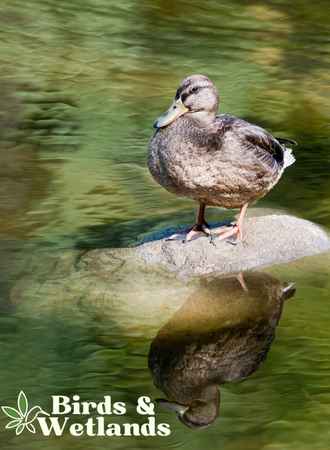
What Happens When the Bird Pulls Its Foot Forward for the Next Push While Swimming?
Birds have specially adapted webbed feet which they use to propel themselves through the water. When the bird pulls its foot forward for the next push, the toes fold and come together, folding up the webs to minimize resistance.
This makes the foot less resistant, moving through the water’s surface or under easy to get into place for the next stroke without pushing the bird backward. And as the bird pushes its foot backward, the toes and webs spread out.
A bird can give itself an extra lift and speed if it lifts its foot away from its body during a forward stroke.
What Are Totipalmate Feet?
Totipalmate feet are a type of bird’s foot in which all four toes are bound together by a broad, thin membrane. These feet are flat and resemble paddle-like structures, and can be primarily found in penguins (which live in the southern hemisphere), grebes, pelicans, and cormorants.
Most of these bird species feed on medium and small fish.
Totipalmate allows these birds to swim faster and efficiently, and also provides them with some level of protection from the cold water temperatures.
While these feet are well-adapted for swimming, they are not ideal for walking on land, and birds with this type of foot often appear to be waddling when they move around on solid ground.
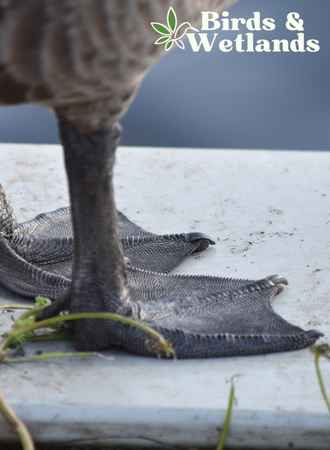
What Are Lobate Feet?
Lobate feet are a distinctive feature of certain water birds, including grebes, finfoots, coots, and phalaropes. These birds have large, flat feet with webbing between the toe webs that are restricted to around the base of toes only.
This unusual feature helps these birds to move efficiently through the water and minimize heat loss.
What Birds Have Webbed Feet and Short Legs?
The Rosy-billed pochard has black markings, short legs, webbed feet, and a body length of about 22 inches. These diving ducks are endemic to South America, particularly Argentina, Chile, Paraguay, Uruguay, and southern Brazil.
Other ducks species that dive underwater are stifftails and sea ducks. Sea ducks are the most accomplished waterfowl that can dive to look for food underwater.
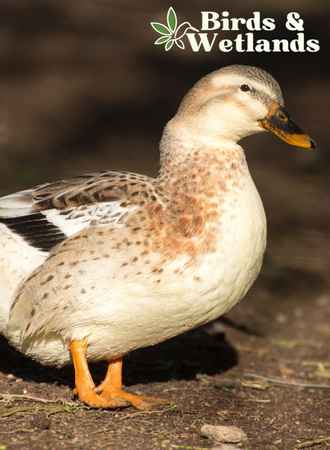
What Birds Have Webbed Feet and Long Legs?
Flamingos, known for making nasally honking natural sounds, are large birds with pink plumage, long legs, long necks, and webbed feet.
These characteristics help them walk through muddy and shallow water. They usually feed on algae, small seeds, brine shrimp, worms, larvae, and some plants.
Are Ducks Good Swimmers?
Ducks have webbed feet which makes them excellent swimmers. The webbed feet create a surface area that helps the duck move through the water more easily.
Ducks also have waterproof feathers which keep them warm and dry in the water. Together, these two features make ducks great swimmers.


